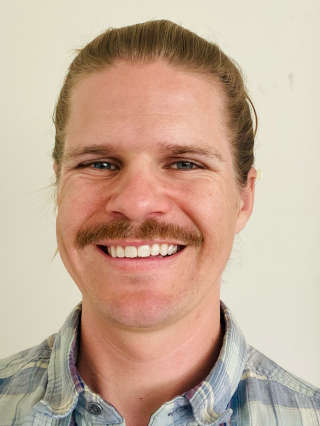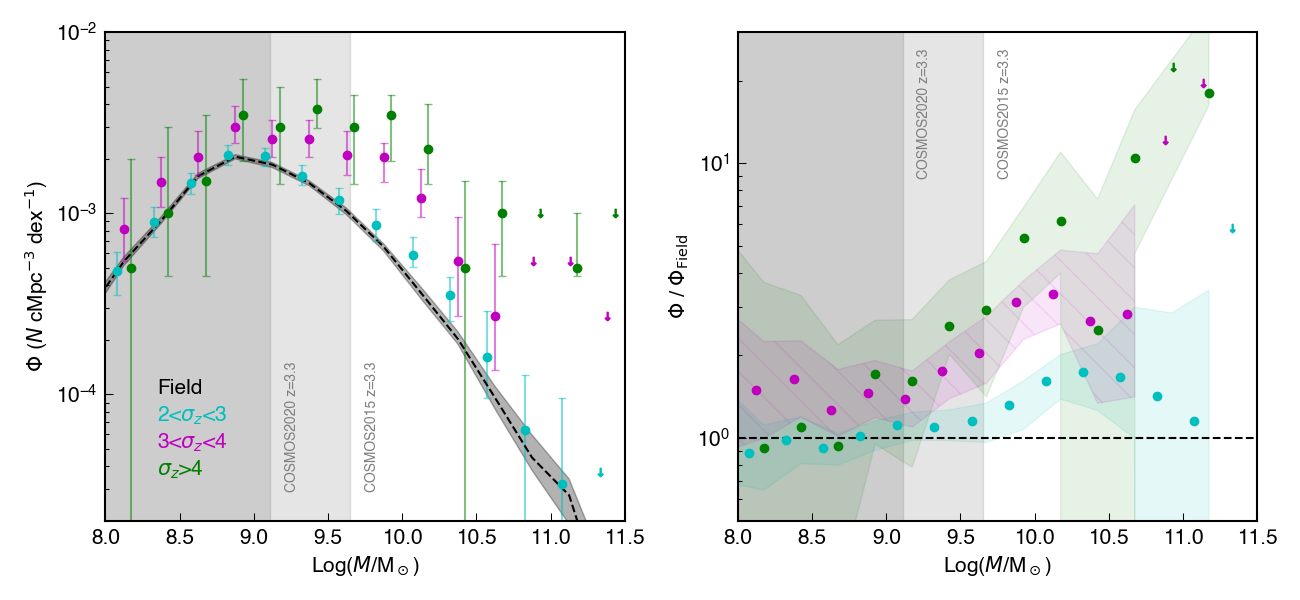Ben Forrest: Massive Structures and Massive Galaxies at z>3: Candidate Identification, Spectroscopic Confirmation (or not!), and Implications for Galaxy Evolution
Martes, 01 Agosto 2023 3 p.m. — 4 p.m. MST
Tu hora:

Gemini North Hilo Base Facility | 670 N A’ohoku Place Hilo, Hawaii, 96720, USA

What mechanisms affect the growth of stellar mass and its cessation for galaxies in the early universe? At low to intermediate redshifts we know that AGN activity and environment effects such as galaxy mergers and ram-pressure stripping result in changes to many galaxy properties such as stellar mass and star formation rate. Observing and quantifying these effects at higher redshifts is critical to our understanding of galaxy evolution. In the last decade or so, increasingly deep photometric surveys, particularly in the near-infrared, have greatly increased the number of both candidate galaxy overdensities and candidate massive galaxies at z>2-3. In this talk I will present results from the C3VO and MAGAZ3NE surveys, spectroscopic surveys targeting and characterizing candidates in these regimes. Using a statistical weighting of photometric and spectroscopic redshifts, the C3VO survey has identified and spectroscopically targeted candidate galaxy overdensities, allowing for analysis of environmental effects on their constituent galaxies. I will discuss one such overdensity and the stellar mass function of its members. The MAGAZ3NE survey has targeted candidate ultra-massive galaxies (logM/M_sun>11, z>3) and produced the largest spectroscopically confirmed sample of these objects, including a subsample of quiescent galaxies. Despite this, the reddest of these galaxy candidates appear to be frequently misidentified by photometric surveys with a variety of photometric depths, wavelength coverage, and photometric redshift modeling codes. I will discuss the implications of this realization for the high mass end of the stellar mass function.
For Zoom connection information, please contact Emanuele Paolo Farina (emanuele.farina_at_noirlab.edu).
Back to Gemini north talks.